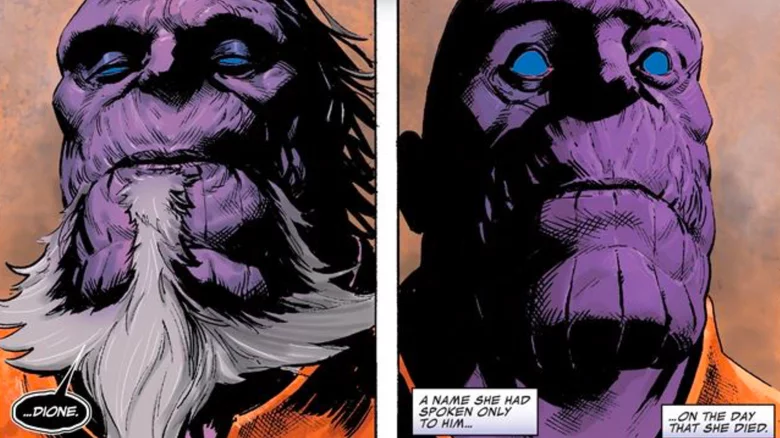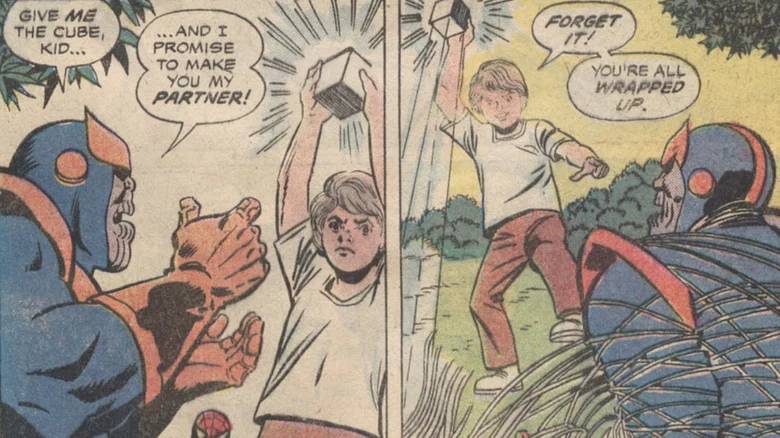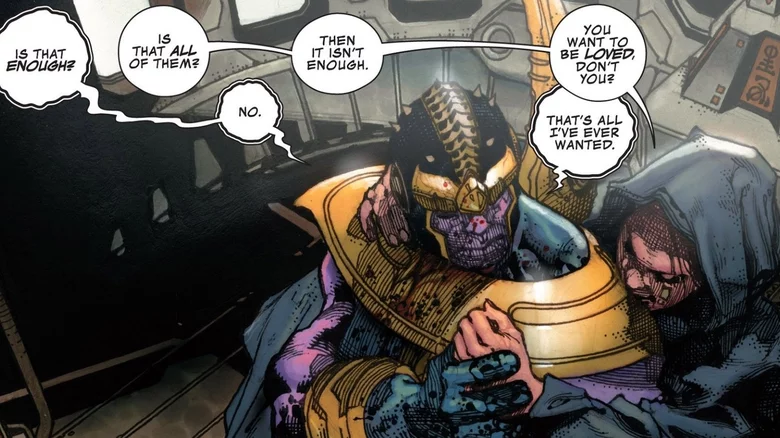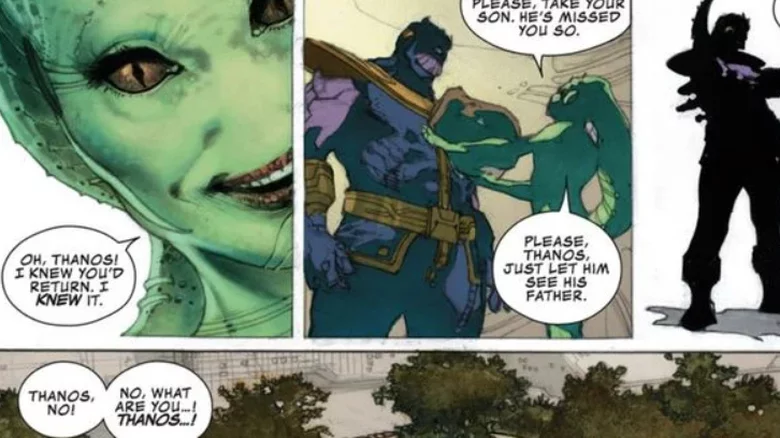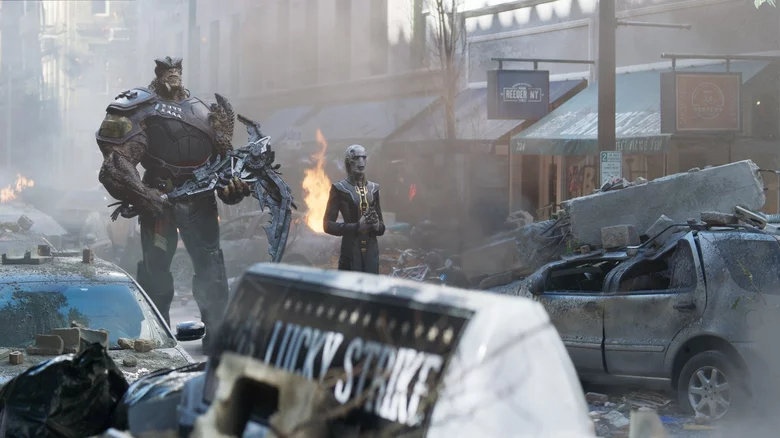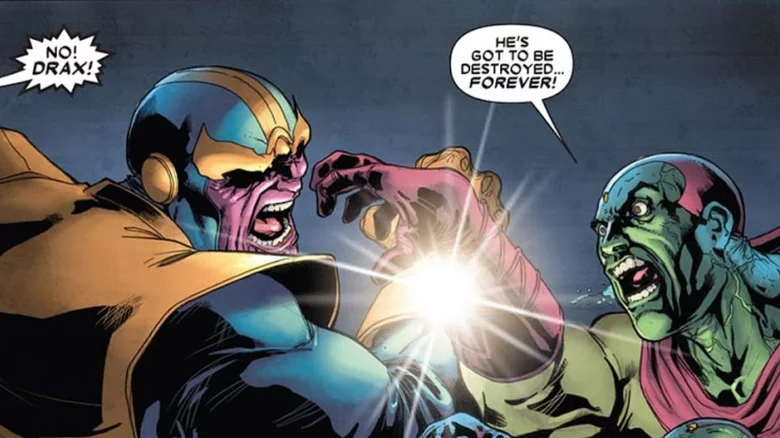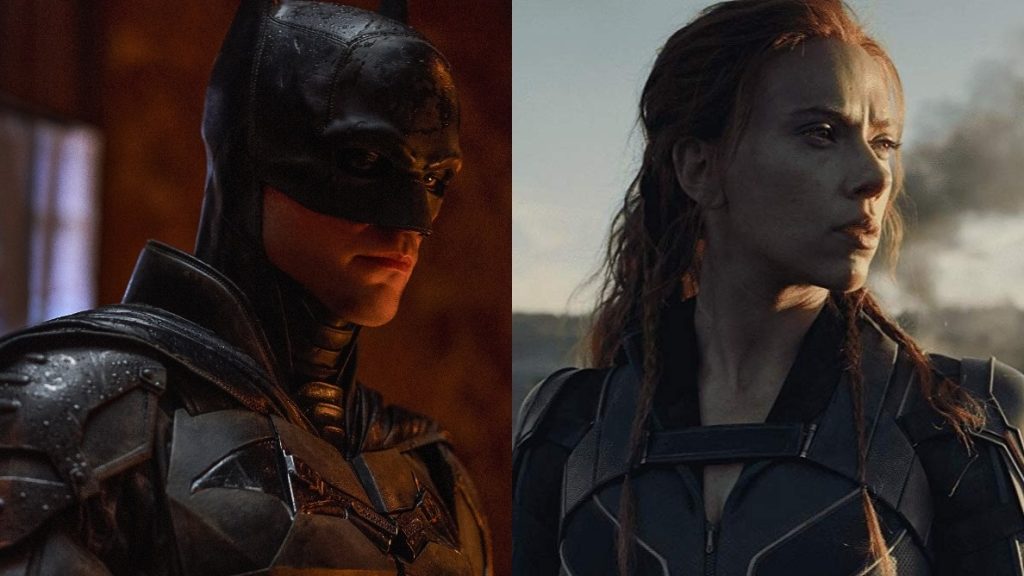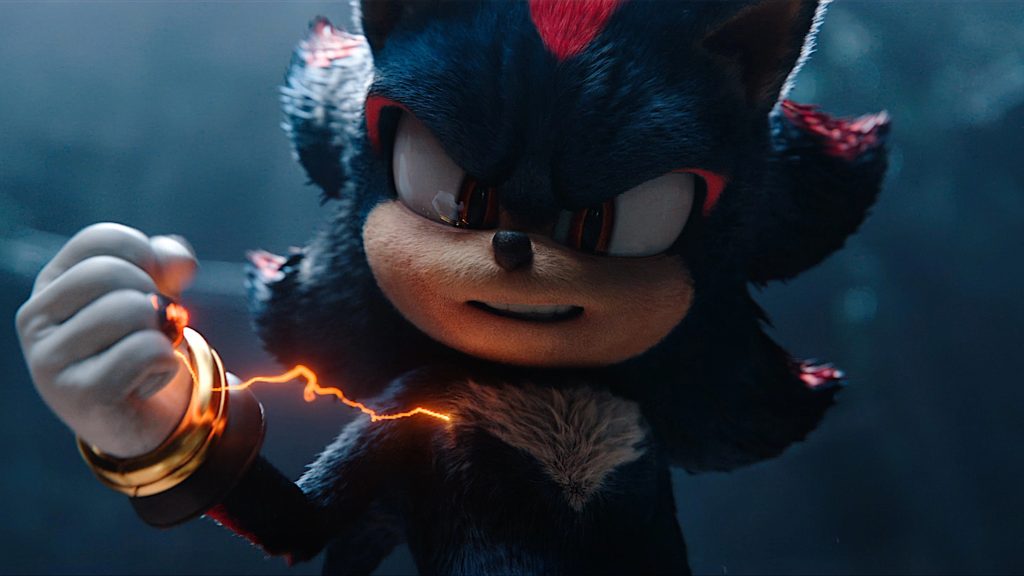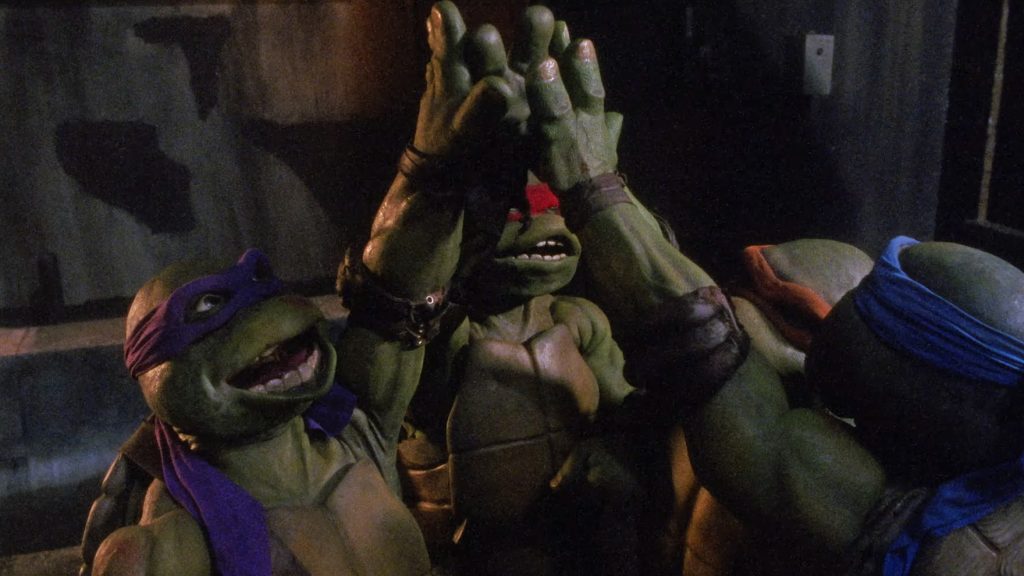Since its early days, the Marvel Cinematic Universe (MCU) has achieved great success. What began as regular guys doing regular things like making suits of armor to deal with their anger and hide from terrorists has turned into a multiverse extravaganza with godlike beings and cosmic stakes.
Thanos, portrayed by Josh Brolin, is a perfect symbol of the Marvel Cinematic Universe’s (MCU) increasing canon. Thanos, a cosmic conqueror from a technologically superior species, is fixated on his scheme to eliminate half the universe’s population for the sake of preserving the universe’s resources. Thanos and his army will eventually clash with Earth’s Avengers because of this goal.
Thanos is fascinating as a villain because he never does anything at random. The Mad Titan is completely convinced by his own warped reasoning and considers himself a savior rather than an antagonist. The Thanos shown in theaters, however, differs greatly from the Marvel Comics version of the villain. Here are some of the most noticeable changes made to Thanos for the MCU compared to his comic book origins.
Thanos was not always called Thanos
A villain’s name is one of the first things people notice about them, so choosing a memorable one is important. If his name were Doug instead of Darth Vader, he wouldn’t be nearly as intimidating. Thanos makes an excellent first impression with a name that is both foreign and intimidating.
Like Darth Vader, Thanos did not always go by his current, fearsome name. In fact, he was once known as Anakin and even Ani. In the comics, the name “Dione” was originally given to the character who would become the Mad Titan by his mother.
Yes, you’re absolutely right. The future threat who would make the Avengers tremble was given a moniker more fitting for a barista at a hipster coffee shop. Fortunately, after giving birth to her son, “Dione,” his mother saw that he looked like a monster and decided to give him a name that reflected that. Dione’s mother promptly renamed him Thanos, setting him on the path to becoming the iconic supervillain we all know and love to loathe.
He was not always a badass
For example, in “Iron Man” (2008), Tony Stark explodes out of a cave, and in “Avengers: Infinity War,” Thor uses his new weapon, Stormbreaker, to smash into Wakanda. Thanos’ entrance in 2018’s “Avengers: Infinity War” is the baddest of all time; in just a few minutes, he manages to capture Loki, force Thor to become his prisoner, and bully the Hulk.
In that one scene, he proves beyond a reasonable doubt that he is not only on par with the Avengers, but significantly superior to them in terms of power, brains, and wealth. This calm and collected example of badass-ness is not, however, how Thanos has traditionally been portrayed in the comics. In his first, far sillier state, the word “Thanos-Copter” best describes how he feels.
In the 1970s, the Mad Titan appeared in Marvel Comics. Due to the significance of branding, he utilizes a seemingly ordinary helicopter with his name printed across it to look for the Cosmic Cube in “Spider-Man Super Stories” #39 (published in 1978). Thanos is ultimately vanquished in the story by a young skateboarder who uses grass as a weapon. Thanos tries to recruit the preteen after this, but he is refused. Thanos is then taken to jail by the authorities and cuffed. Thanos isn’t as certain to win as he once was, is he?
He does not want to help the world
The MCU’s biggest ruse on Marvel Comics readers was a radical shift in the inspiration behind Thanos’s Mad Titan behavior. Thanos is a fictional eco-terrorist who, in the movies, believes that eradicating half of all life is necessary to prevent the collapse of society as a result of resource depletion.
The logic behind the idea is extremely convoluted, but in theory it might be very generous. One gets the impression that Thanos sees himself as a savior of the cosmos, even if he plans to achieve this goal through unspeakably awful ways. However, Thanos’s motivation in the comics is much more selfish and outlandish. He plans to wipe out all life in the universe to win over Death, the personification of death he loves.
During the credits of “The Avengers” in 2012, this inspiration was mentioned. Thanos turns and smiles as his servant tells him that “to challenge [humans] is to court death,” implying that he approves of this course of action. Since the authors of “Avengers: Infinity War” thought that explaining Thanos’s bond with Death from the comics would be too difficult for casual viewers to grasp, they altered the film’s original objective.
Thanos had way more children than two
In the Marvel Cinematic Universe, Thanos’s apparent affection for his daughter Gamora is one of the main aspects that makes him a questionably sympathetic person. After he murders her to get the Soul Stone, it becomes very evident how much she means to him and how much his heart is broken by the thought of betraying her.
Unlike his adopted assassin daughters from the MCU, Thanos has a large number of biological children in the books, much outnumbering those he had with Nebula and Gamora. The most famous of Thanos’ many children is Thane, the secret son of the Mad Titan and an Inhuman. Thane may have a dark past, but Thanos and the rest of his progeny have an even more heinous one, as recounted in the 2013 miniseries “Thanos Rising” by Jason Aaron and illustrator Simone Bianchi.
In an effort to change his violent ways, Thanos joins a pirate ship as the ship’s navigator. Thanos meets and sleeps with ladies from several planets in his official position. These ladies often raise families. Thanos initially does not hurt any of his interstellar offspring. The second time around, though, Thanos falls hopelessly in love with Death and makes a solemn pledge to prove his devotion to her by locating all of his offspring and killing their mothers.
The Black Order is not his actual children
There have been plenty of terrifying alien threats in the MCU, but none can compare to the Black Order. The Order is headed by a wizard-like figure, Ebony Maw, and includes such evil figures as Cull Obsidian, Proxima Midnight, and Corvus Glaive. You are about to die at the hands of the offspring of Thanos,” Ebony Maw says destructively in “Avengers: Infinity War.”
This seems to imply that Ebony Maw and the other members of the Black Order are direct descendants of Thanos. However, there is no simple solution. Thanos selected the Black Order as his particular followers, much like he plucked Gamora and Nebula from their home worlds to train them as members of his guard.
The Mad Titan’s followers are like the Death Eaters to Lord Voldemort since they will do everything for Thanos. However, the Black Order has not been programmed to serve Thanos without question. In the comics, we see Ebony Maw betray the Mad Titan in order to release Thane, and we see Corvus Glaive establish himself as the new Thanos by forming his own version of the Black Order.
Drax poses a serious challenge to Thanos
Drax the Destroyer may have been the Marvel Cinematic Universe figure most unfairly treated throughout the adaptation from comics to live action. Drax tells Rocket in the first “Guardians of the Galaxy” film that Thanos murdered his loved ones. Drax has promised bloody revenge against the Mad Titan because of this.
After that, Drax’s hatred for Thanos is put on the back burner, and he never again threatens the Mad Titan directly. Whereas Drax is a major player in the Mad Titan’s plans in the comics. Drax’s father, Thanos, supposedly designed him to be the only one capable of stopping his son’s galactic rampage.
Throughout the series, Drax battles Thanos and foils his intentions on multiple occasions, even playing a hand in Thanos’s eventual demise. Dave Bautista, who portrays Drax onscreen, is not happy that the MCU failed to recognize the full scope of the menace he posed to Thanos. The shirtless actor has stated his dissatisfaction with the minimal amount of screen time shared by Drax and Thanos in the MCU.


